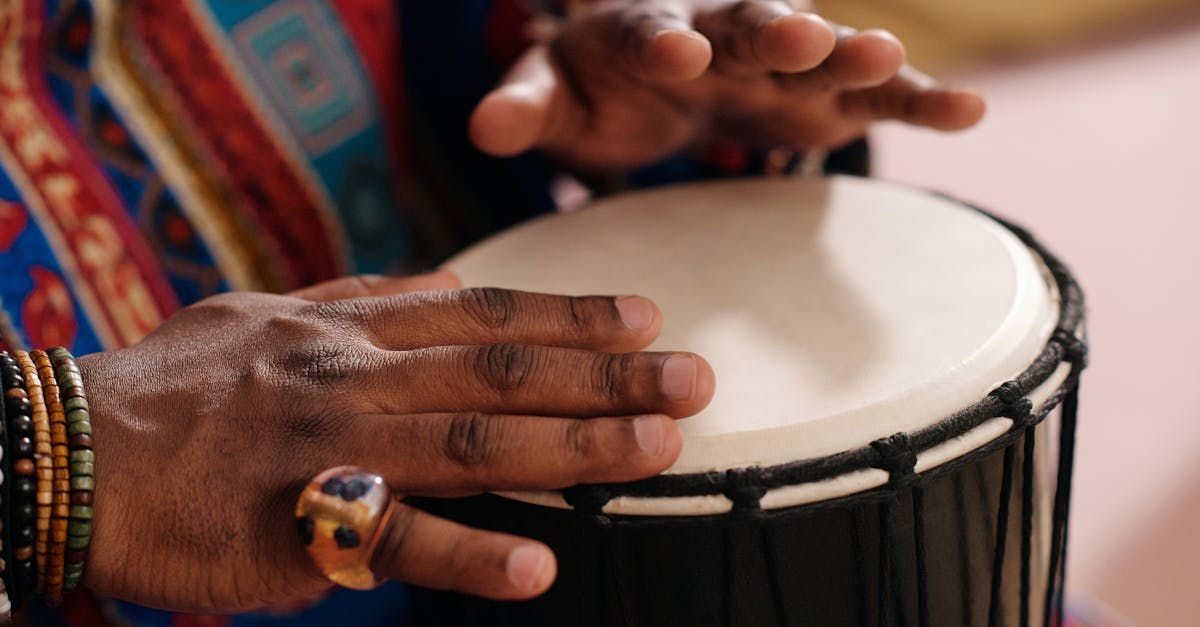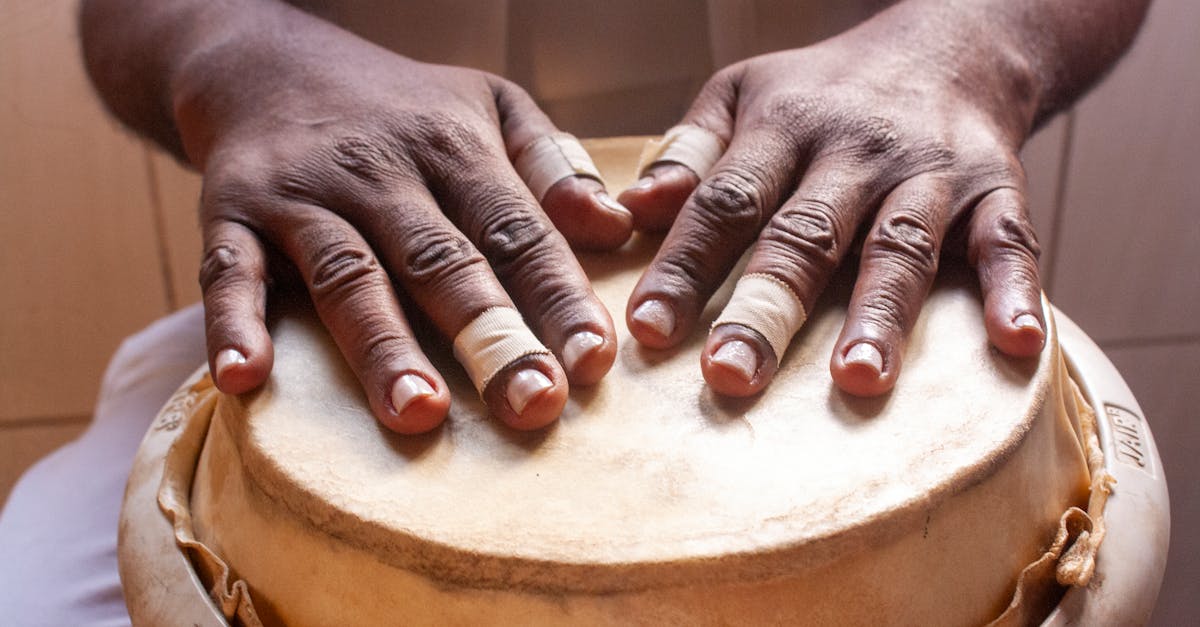Symphonic Sojourns Discovering Global Music Tapestries
Introduction
Music is the universal language that transcends geographical boundaries and connects souls across the globe. Symphonic sojourns, or journeys through music, offer opportunities to explore the rich cultural tapestries of societies worldwide. Each region possesses a unique musical identity that reflects its history, values, and aspirations. Understanding these dynamic interconnections means delving into diverse styles, instruments, and traditions. Global music provides invaluable insight into diverse cultures, showcasing the universal yet profoundly distinct elements of human expression. This article invites you to embark on a symphonic journey to unearth the wonders of global music.
Advertisement
The Essence of African Rhythms
Africa, a continent renowned for its vast musical diversity, captures the essence of community bonding and celebration through rhythm and dance. Traditional African music is characterized by polyrhythms, which involve multiple overlapping rhythmic patterns that create a complex and vibrant soundscape. By integrating drums, shakers, and kalimbas, African music forms the backbone of daily life, serving as a conduit for storytelling, spiritual ceremonies, and social gatherings. It connects the present to the past through oral traditions, transmitting folklore and communal histories. African rhythms have also played a significant role in shaping popular music styles, such as jazz, blues, and Afrobeat, demonstrating their global influence.
Advertisement
Exploring the Melodies of Asia
Asia offers a kaleidoscope of musical expressions, each echoing the distinct cultural ethos of its people. In India, the classical systems of Carnatic and Hindustani music focus on intricate ragas, enchanting listeners with their emotive depth. These traditions explore the interplay between rhythm (tala) and melody (raga), often imparting spiritual or philosophical lessons. Across East Asia, the music integrates delicate instruments, like the guzheng in China or the koto in Japan, which produce serene and evocative soundscapes. Whether through the powerful Gamelan ensembles of Indonesia or the therapeutic chants of Tibetan monks, Asian music paints an auditory picture of the region's traditions and beliefs.
Advertisement
Captivating European Harmonies
Europe radiates with the rich heritage of classical music, epitomized by the works of composers such as Beethoven, Mozart, and Vivaldi. This continent boasts music styles ranging from the romantic to the baroque and classical periods, reflecting historical shifts and artistic evolution. In addition to symphonies and operas, Europe's traditional folk music underpins cultural celebrations and rituals unique to each country. The soulful Irish ballads, passionate Flamenco of Spain, and harmonious Alpine yodels of Switzerland showcase the diversity in Europe's musical narrative. By blending these traditional melodies with modern genres, European music continues to innovate and inspire.
Advertisement
Latin America's Passionate Tunes
Latin American music is electrifying, pulsating with vivacious rhythms, and deeply infused with heritage from indigenous, African, and European roots. Styles like samba, salsa, and tango serve as vibrant expressions of identity and community. In Brazil, samba unites people with its festive percussion and lively dance routines, while Argentina's tango captivates with its dramatic choreography and emotional depth. Further afield, Caribbean reggae and Cuban son bring a laid-back yet spirited vibe. Latin American music continues to evolve, increasingly incorporating elements from global genres, yet its fundamental essence remains the passionate articulation of the human experience.
Advertisement
Indigenous Music Connecting to Ancestry
Indigenous music provides a powerful link to ancestral traditions and beliefs, offering insight into the wisdom of ancient tribes. Across Oceania, didgeridoos of the Aboriginal Australians resonate with deep spiritual and cultural meaning. In the Americas, Native American tribes employ drums and flutes to narrate stories, celebrate rites of passage, and honor spirits. These musics often incorporate elements of the natural world, emphasizing harmony with the environment through their melodious sounds. Despite facing challenges from modern influences, indigenous music endures as a testament to the resilience and enduring legacy of these communities.
Advertisement
Middle Eastern Mysticism Unveiled
Middle Eastern music envelops listeners with its mystic melodies and enchanting harmonics. This region's musical traditions, including maqam in Arab countries and Ashkenazi Klezmer in Jewish communities, exhibit complex structures with emotional expressiveness. The oud and the qanun, indigenous stringed instruments, contribute to the distinctive soundscapes that accompany poetic narratives recounting themes of love, loss, and longing. The Middle East's multifaceted music reflects a tapestry of historical interactions, underlined by times of conquest, trade, and cultural exchange. It is a music rich in story and symbolism, connecting past and present with every note.
Advertisement
Understanding Global Music Hybrids
As our world becomes increasingly interconnected, global music is evolving through fusion, resulting in innovative hybrids. Artists across the globe draw inspiration from diverse influences, crafting new sounds that defy conventional genre boundaries. Previously distinct styles, such as Japanese J-pop marrying traditional folk with contemporary pop, or Afro-Cuban jazz blending Latin rhythms with jazz improvisation, result in dynamic musical landscapes. These hybrids signify cultural dialogues, promoting cross-cultural understanding and illustrating music's power to inspire unity. Such collaborations provide a platform for emerging artists, ensuring global music's continued innovation and relevance.
Advertisement
Preservation Efforts and Challenges
Efforts to preserve global music traditions face challenges stemming from globalization, urbanization, and the fading of oral traditions. Initiatives such as UNESCO's cultural heritage preservation projects seek to safeguard endangered music styles, while organizations like Smithsonian Folkways strive to archive, promote, and distribute traditional music. Digital technology facilitates cultural preservation through online platforms, accessible recordings, and virtual performances, reaching audiences worldwide. Yet, balancing preservation with innovation remains a central challenge. The shared responsibility to conserve these musical legacies underscores the importance of heritage and the necessity of celebrating diversity within global music.
Advertisement
Summary and Conclusion
Symphonic sojourns offer a beautiful exploration of the diverse musical tapestries woven by cultures across the world. From Africa's infectious rhythms to Europe's harmonious symphonies, each region's music exemplifies the shared human experience. By embracing these cultural expressions, we celebrate not only the uniqueness of diverse traditions but also the universality of music as a form of communication and connection. The preservation of these vibrant traditions allows us to honor our collective past and inspire future generations. As we continue to journey through the world’s musical tapestries, let us cherish and practice the harmony that music inspires.
Advertisement







